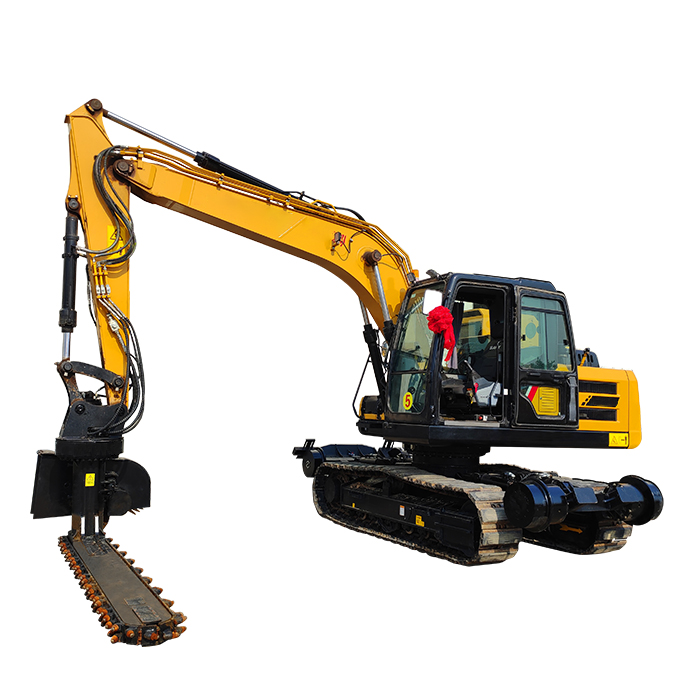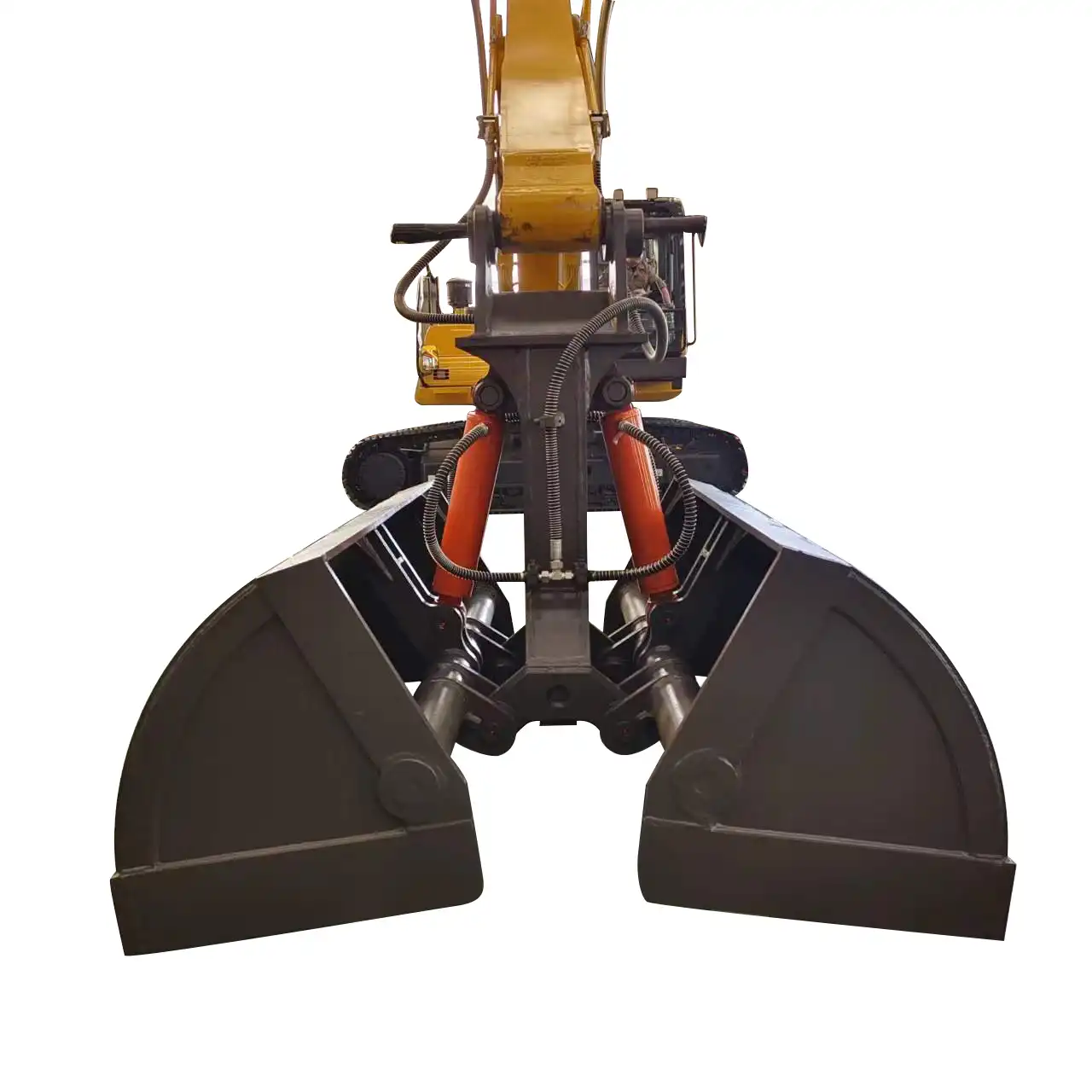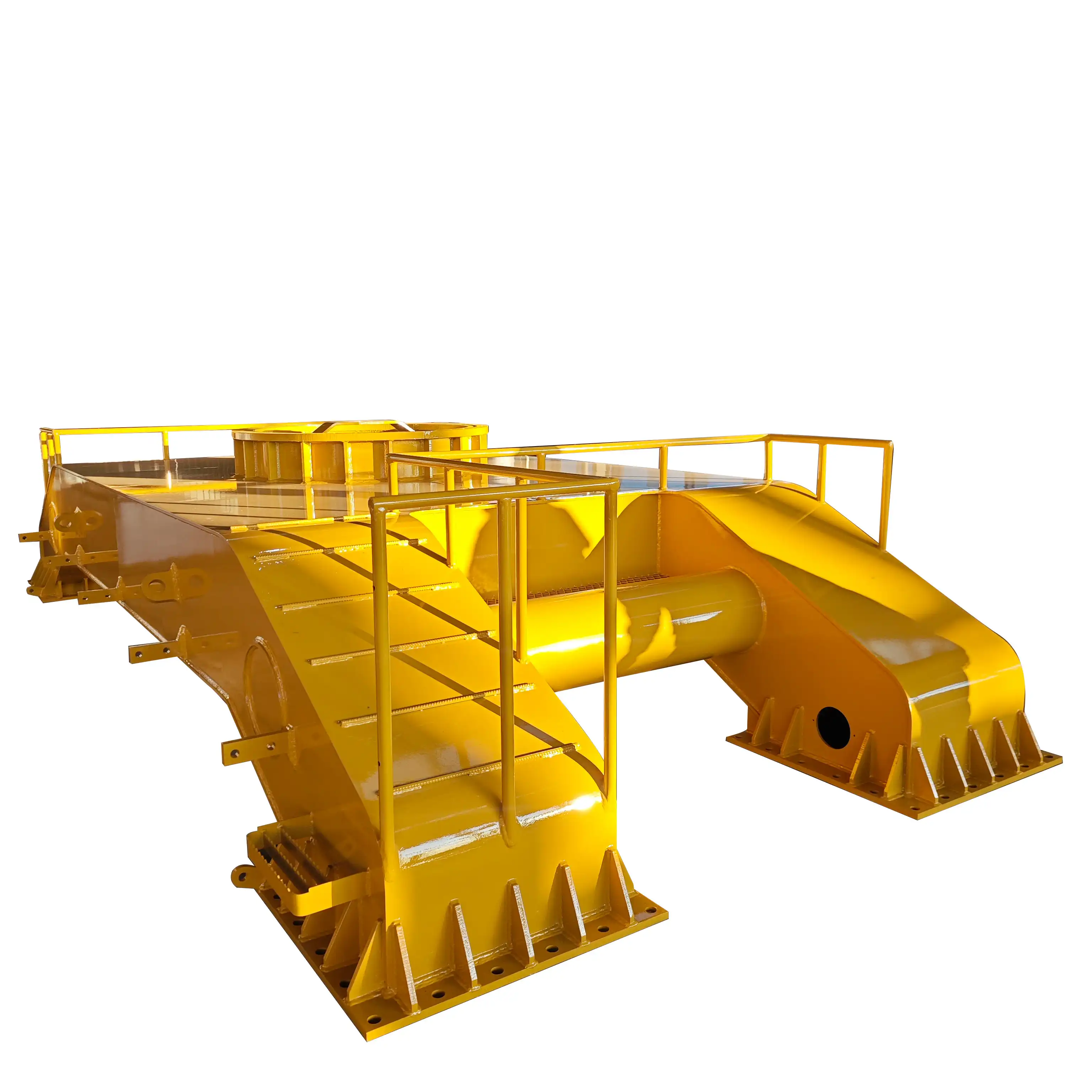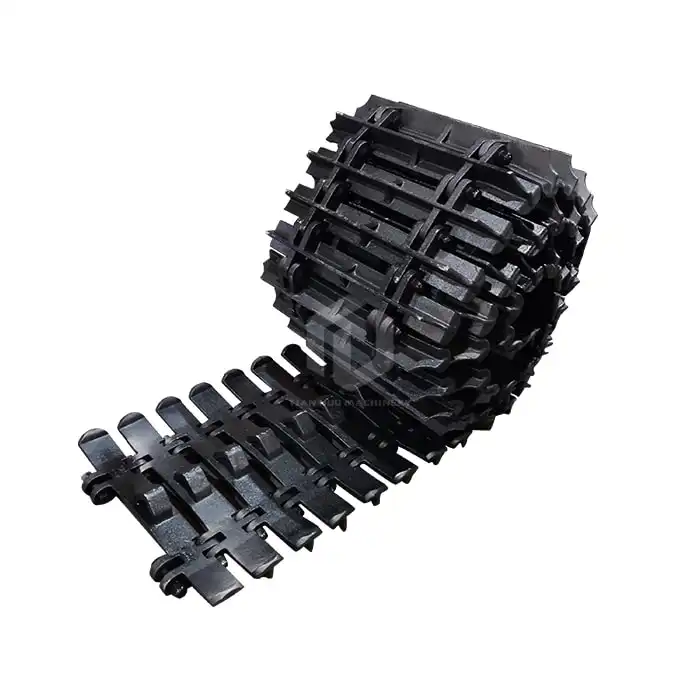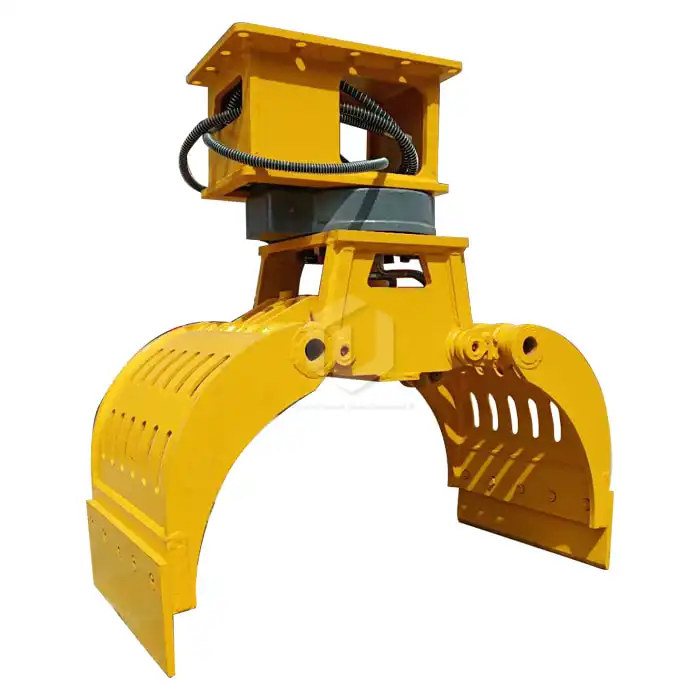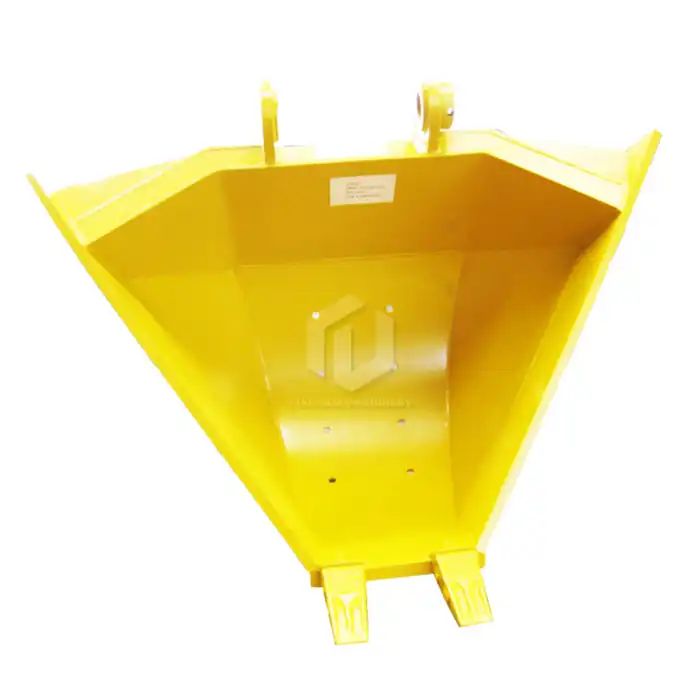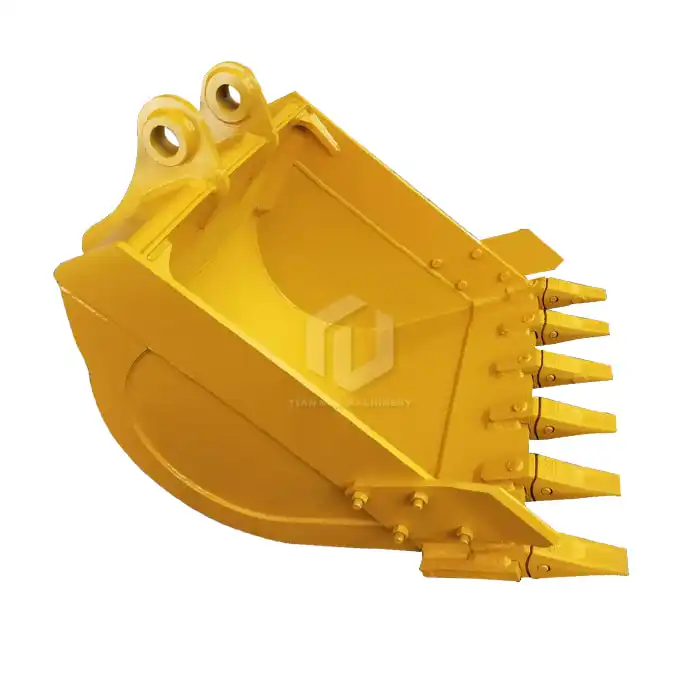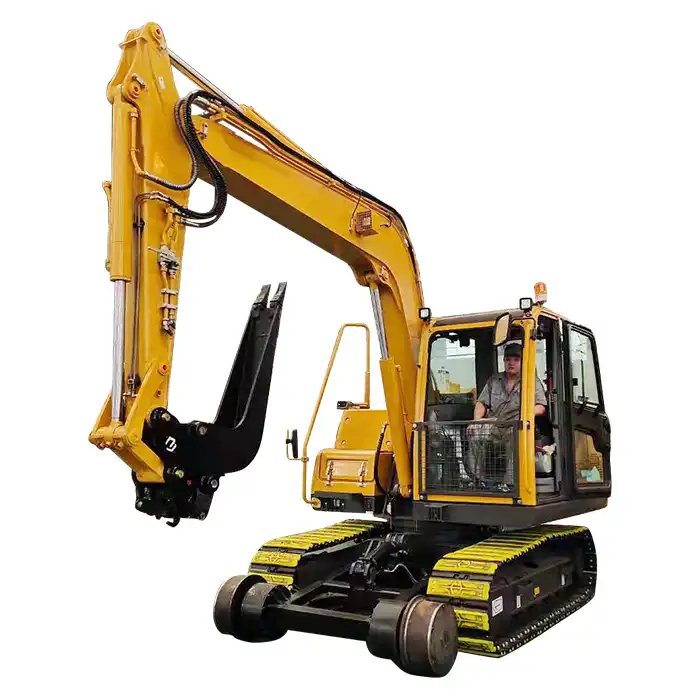How Does the excavator standard arm work?
Excavators are powerful machines that play a crucial role in construction, mining, and various other industries. At the heart of an excavator's functionality lies its standard arm, a key component that enables the machine to perform its digging, lifting, and material handling tasks with precision and efficiency. In this comprehensive guide, we'll delve into the intricacies of how an excavator standard arm works, exploring its movement mechanisms, control systems, and the various attachments that enhance its versatility.

What Makes an Excavator Arm Move?
The excavator standard arm, also known as the boom and stick assembly, is a complex mechanical system that relies on hydraulic power to generate its impressive range of motion. The arm typically consists of two main sections: the boom, which is the larger, primary arm segment attached to the excavator's body, and the stick, which is the secondary arm segment connected to the boom's end.
The movement of the excavator arm is made possible by a series of hydraulic cylinders strategically positioned along the boom and stick. These cylinders are filled with hydraulic fluid, which is pressurized by the excavator's hydraulic pump. When the operator activates the controls, hydraulic valves open and close, directing the pressurized fluid to the appropriate cylinders. This action causes the cylinders to extend or retract, resulting in the desired movement of the arm components.
The boom cylinder, located near the base of the boom, controls the up and down motion of the entire arm assembly. The stick cylinder, positioned between the boom and stick, manages the extension and retraction of the stick. Additionally, a bucket cylinder at the end of the stick controls the bucket's curling and dumping actions.
This hydraulic system allows for smooth, precise movements of the excavator arm, enabling operators to perform a wide range of tasks with accuracy and control. The combination of these movements allows the excavator to dig, lift, and manipulate materials with remarkable dexterity.
How Does an Operator Control an Excavator Arm?
Controlling an excavator arm requires skill, precision, and a deep understanding of the machine's capabilities. Modern excavators are equipped with advanced control systems that allow operators to manipulate the arm with a high degree of accuracy. The primary means of control are typically two joysticks located in the operator's cab.
The left joystick usually controls the swing of the excavator's upper structure and the movement of the stick. Pushing the joystick forward extends the stick, while pulling it back retracts it. Moving the joystick left or right swings the entire upper structure of the excavator, including the arm, in the corresponding direction.
The right joystick is responsible for controlling the boom and bucket movements. Pushing the joystick forward lowers the boom, while pulling it back raises the boom. Moving the joystick to the left typically curls the bucket inward, and moving it to the right dumps the bucket's contents.
Many modern excavators also feature foot pedals that control the boom swing and auxiliary hydraulic functions for attachments. These pedals allow operators to perform multiple actions simultaneously, increasing efficiency and productivity.
Advanced excavator models may incorporate computerized control systems with features such as:
1. Programmable work modes that optimize hydraulic output for specific tasks
2. Auto-idle systems that reduce engine speed during periods of inactivity
3. Load-sensing hydraulics that adjust fluid flow based on the resistance encountered
4. GPS and laser-guided systems for precision excavation
These technological advancements have significantly improved the ease of operation and efficiency of excavator arm control, allowing operators to work more effectively and with less fatigue.
What Are the Attachments for an Excavator Arm?
One of the key advantages of the excavator standard arm is its versatility, which is greatly enhanced by the wide variety of attachments available. These attachments can be easily interchanged, allowing a single excavator to perform numerous specialized tasks. Some common attachments for excavator arms include:
1. Buckets: The most common attachment, buckets come in various sizes and shapes for different digging and material handling tasks. Examples include: - General purpose buckets for everyday digging and loading - Rock buckets with reinforced edges for handling abrasive materials - Trenching buckets for creating narrow, precise trenches - Skeleton buckets for separating materials or clearing debris
2. Hydraulic breakers: These attachments are used for demolition work, breaking up concrete, or rock excavation.
3. Grapples: Ideal for handling and sorting materials like logs, scrap metal, or construction debris.
4. Augers: Used for drilling holes for foundations, fence posts, or tree planting.
5. Rippers: Designed to break up hard, compacted soil or frozen ground.
6. Compactors: Used to compact soil in trenches or on slopes.
7. Hydraulic thumbs: These work in conjunction with buckets to provide better grip and control when handling irregularly shaped objects.
8. Shears: Used in demolition work for cutting through metal structures or rebar.
9. Mulchers: Designed for clearing vegetation and grinding woody material.
10. Tiltrotators: These advanced attachments allow the bucket or other tools to rotate 360 degrees and tilt up to 45 degrees, greatly increasing the excavator's flexibility and reach.
The ability to quickly switch between these attachments makes the excavator standard arm an incredibly versatile tool, capable of adapting to a wide range of job site requirements. This versatility not only increases the machine's utility but also helps to improve overall project efficiency and reduce the need for multiple specialized machines on a single site.
China Excavator Standard Arm Suppliers
If you're in the market for a high-quality excavator standard arm, look no further than Tiannuo Machinery. With over a decade of experience in the industry, Tiannuo Machinery has established itself as a leading manufacturer and supplier of premium standard size excavator booms and arms.
Our products are crafted from high-strength steel, ensuring durability and longevity in even the most demanding work environments. Our excavator arms boast impressive specifications, including:
- Maximum reach of up to 15 meters
- Lifting capacity of up to 30 tons
- Compatibility with all major excavator brands
At Tiannuo Machinery, we understand that every project has unique requirements. That's why we offer customization options to ensure you get the perfect excavator arm for your specific needs.
Ready to elevate your excavation capabilities? Contact our team of experts today to discuss your excavator arm requirements. Reach out to our manager at arm@stnd-machinery.com, or get in touch with our dedicated team members at rich@stnd-machinery.com and tn@stnd-machinery.com. Let Tiannuo Machinery be your partner in powering your next project to success!
References
1. Haddock, K. (2002). Giant Earthmovers: An Illustrated History. MBI Publishing Company.
2. Nichols, H. L. (1999). Moving the Earth: The Workbook of Excavation. McGraw-Hill Professional Publishing.
3. Haycraft, W. R. (2011). Yellow Steel: The Story of the Earthmoving Equipment Industry. University of Illinois Press.
4. Day, D. A., & Benjamin, N. B. (1991). Construction Equipment Guide. John Wiley & Sons.
5. Peurifoy, R. L., Schexnayder, C. J., Shapira, A., & Schmitt, R. L. (2018). Construction Planning, Equipment, and Methods. McGraw-Hill Education.

